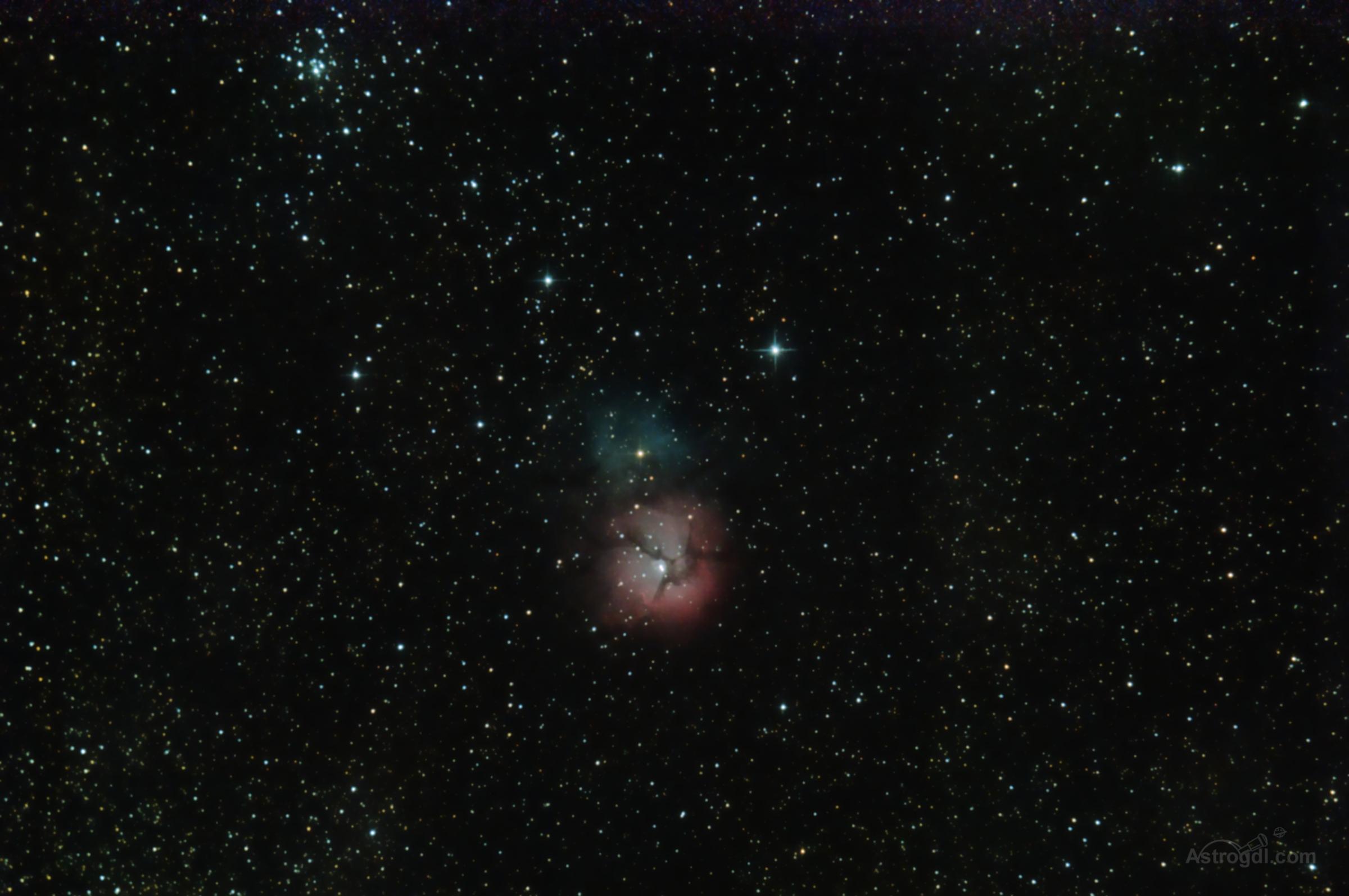

- #Best telescope for astrophotography canon rebel t3i how to#
- #Best telescope for astrophotography canon rebel t3i manual#
- #Best telescope for astrophotography canon rebel t3i portable#
- #Best telescope for astrophotography canon rebel t3i iso#

Many photographers believe that the best cameras for wildlife photography and shooting of distant celestial bodies are DSLRs, as such a device allows the use of interchangeable lenses. Possibility to Use Interchangeable Lenses Thus, you will have more freedom and better opportunities to process the images on your computer. When shopping for a camera for landscape photography and astrophotography, you need the one with RAW shooting capabilities to save more details.

Otherwise, you'll have to spend many hours improving your photos using astrophotography software.
#Best telescope for astrophotography canon rebel t3i manual#
The camera should allow you to shoot in manual mode where it is possible to set the sensitivity, exposure, and aperture values to your taste. In addition, they must support manual focusing, since autofocus is suitable only for shooting bright and contrasting celestial bodies like the Moon or the Sun. Be attentive and choose those astrophotography cameras that give you a chance to manually adjust the exposure. What is the best camera for taking pictures of the night sky? That which gives you the opportunity to fully control the setting process of the camera. As for me, cameras starting from 20MP are the best choice. If one of the two cameras you have selected has the same number of megapixels as the first device, and but the matrix diagonal is larger, then opt for the second variant. Therefore, when choosing, it is necessary not only to wonder “How many megapixels do you need for astrophotography?” but also ask about the size of the matrix. In addition, the larger the physical dimensions of the matrix are, the more sensitive it is and the more light it can capture, which is a very important factor when considering the shooting of rather dim distant objects. The relationship is as follows: the smaller the pixel size, the faster it will heat up during framing, resulting in digital noise. This becomes possible thanks to the large physical dimensions of the camera matrix. The best camera for photography of celestial bodies ensures that you’ll get clear pictures without noise. Accordingly, the first requirement for the astrophotography camera is the ability to work at long exposures, preferably 30 seconds or more. Therefore, in order to capture celestial bodies in photographs, you need to open the shutter of your dynamic range camera as widely as possible and to wait as long as possible until the photosensitive matrix of the device accumulates a certain number of photons. The light from space objects, aside from the Sun or the Moon, is rather dim. I occasionally use it for wedding photography and am satisfied with the footage. This astrophotography camera can perfectly serve a street photographer, traveler, and blogger. Another interesting bonus is the wireless technology based on the SnapBridge app that is a great benefit for reporters. You can also shoot 4K video clips, and the overall video capabilities are great.

#Best telescope for astrophotography canon rebel t3i how to#
#Best telescope for astrophotography canon rebel t3i iso#
When I tried shooting at night using 30 second exposure at different ISO settings one after another, I could see how the camera produced some noise at 50-100 ISO but got completely rid of it by 800 and performed excellently all the way up to 6400, which is great. I mostly stay in M-mode and am delighted with how I can customize everything. If you attach the right lens, you will get really cool results.
#Best telescope for astrophotography canon rebel t3i portable#
The camera is very portable it focuses fast and takes sharp pictures with resolution exceeding my current needs. This camera’s performance is equally good in all situations and it can be deservedly called the best camera for astrophotography too. I specialize in wildlife and landscape genres, but I also mess around with numerous styles like portraits, macro, or long-exposure night shots.


 0 kommentar(er)
0 kommentar(er)
